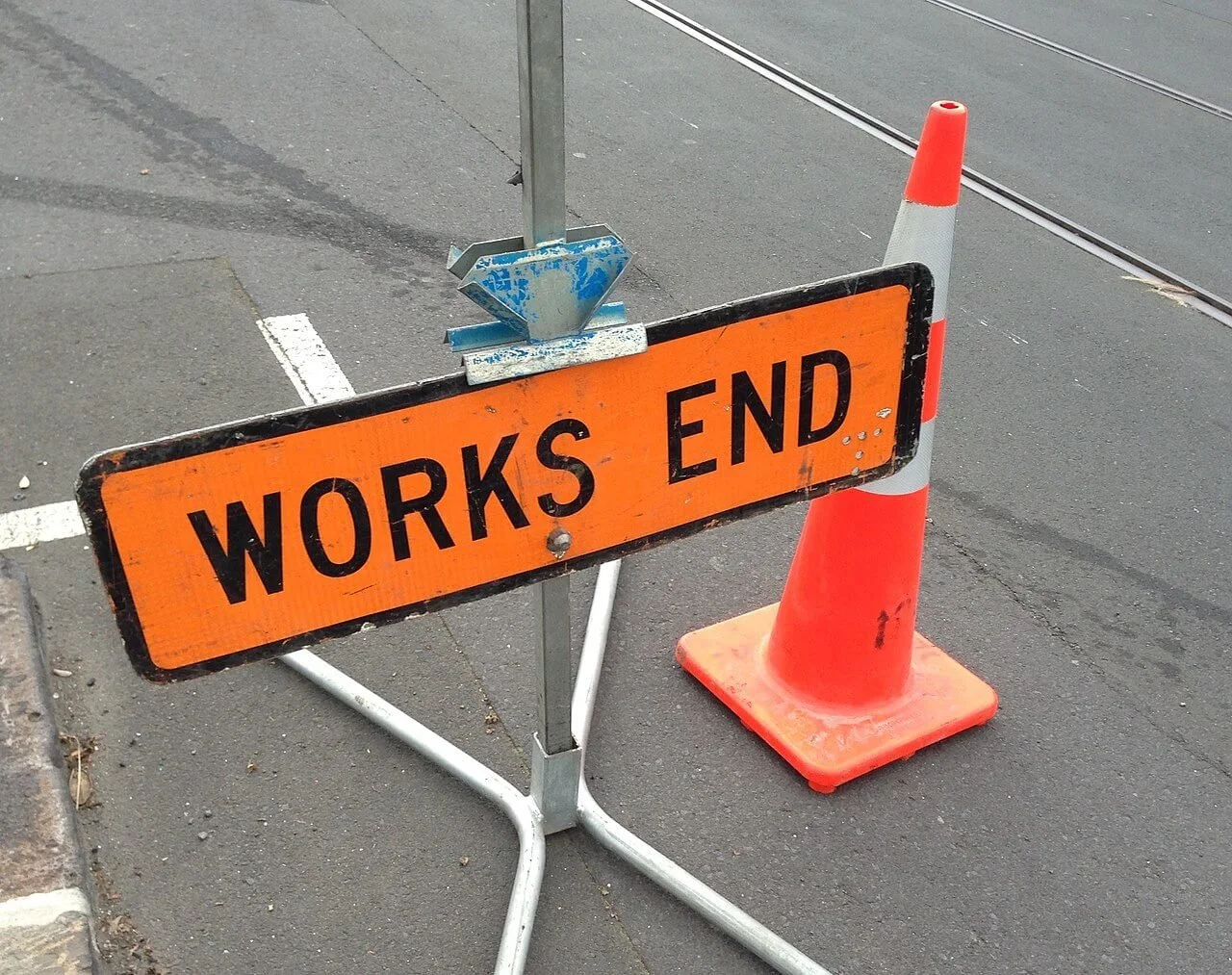Could road cones be the key to lower rates?
Last year, about 5.2% of Hastings’ transport costs went to traffic management. That’s cones, signage, stop-go crews, and compliance paperwork.
It might not sound like much, until you consider we’re spending over $94 million on transport this year alone.
Just trimming that by a single percent could save close to $1 million. That’s money we wouldn’t need to borrow, which helps take the pressure off rates.
The good news? Change is already on the way.
There’s been a lot of noise lately about road cones. A national hotline. A so-called “war on cones.” Ministers and Mayors denouncing their overuse.
And honestly? I get it.
We’ve all been there, crawling through roadworks, cones everywhere, no one in sight, and wondering what it’s all costing.
It’s a fair question. And it’s one councils have been asking too.
Here in Hastings, we’re repairing cyclone-damaged roads, maintaining key routes, and keeping essential infrastructure moving. With transport investment at record levels, it’s even more important to make sure every dollar counts, and this is one area where I see real potential for savings.
The real issue? It’s not the cones. It’s the system behind them.
“Trimming that by a single percent could save close to $1 million. That’s money we wouldn’t need to borrow, which helps take the pressure off rates... this is one area where I see real potential for savings.”
For years, councils across the country have had to follow a national traffic management rulebook that didn’t always make sense locally. Whether it was a quiet cul-de-sac or a busy highway, the rules often required the same full setup: cones, signs, stop-go crews and all the paperwork, even when the actual risk was low.
The result? A system that often didn’t match the actual risk. In some cases, it even made things more dangerous.
Thankfully, that’s starting to change.
The old rulebook (CoPTTM) is being replaced with something arguably better: the New Zealand Guide to Temporary Traffic Management (NZGTTM). It’s designed to be smarter and more flexible, so safety setups match the job, not just a checklist. Safety is still the priority, but now there’s room for common sense too.
And that matters. We still need to keep our workers, our community, and everyone on the road safe. That’s non-negotiable. But safety doesn’t have to mean overkill.
This shift is about making traffic management smarter and more proportionate, trimming back enforced waste, without cutting corners.
As a member of Hastings District Council’s Risk and Assurance Committee (the group tasked with making sure Council decisions are financially sound and risks are properly managed) I was reassured to hear this week that a working group is being set up to guide this shift. We’re not waiting for the election to take advantage of this change, which could result in real savings for our community. I’m backing this work because it’s a practical way to deliver better value for our community, trimming unnecessary costs without compromising safety. That’s the kind of change I believe in.
Because whether it’s roads, rubbish, or rates, we must be focused on finding savings and practical solutions that work for the people who live here.
So yes, road cones might just be the key to lower rates. But only if we stop blaming the cones… and start fixing the system behind them.
Let’s talk…
Your views matter. Whether you have questions about this article, council decisions, want to discuss a local issue, or have insights that could help shape our work, I’m always keen to listen.

